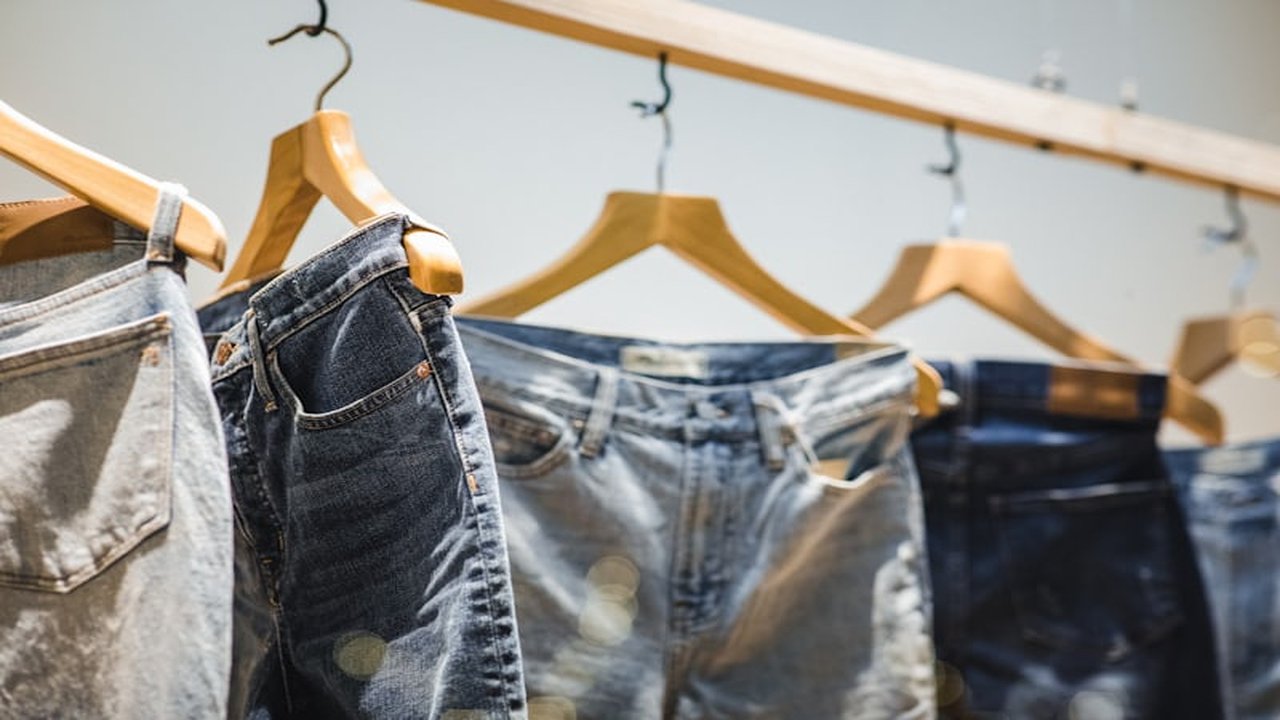 In a remarkable display of sustainable growth, Saitex has defied conventional business norms by scaling production while slashing carbon emissions. The Vietnamese denim manufacturer's 2024 Impact Report showcases a strategic shift towards net-zero operations and renewable energy expansion, setting a new standard for environmentally conscious business practices. Through a commitment to transparency and innovation, Saitex is not only revolutionizing its own operations but also paving the way for a more sustainable denim industry.
In a remarkable display of sustainable growth, Saitex has defied conventional business norms by scaling production while slashing carbon emissions. The Vietnamese denim manufacturer's 2024 Impact Report showcases a strategic shift towards net-zero operations and renewable energy expansion, setting a new standard for environmentally conscious business practices. Through a commitment to transparency and innovation, Saitex is not only revolutionizing its own operations but also paving the way for a more sustainable denim industry.
Sustainable Growth Through Renewable Energy Expansion
Saitex's strategic focus on renewable energy expansion has not only driven substantial growth but also significantly reduced its carbon footprint. By investing in solar rooftop installations and exploring partnerships for increased renewable energy inputs, the company is setting a new benchmark for sustainable manufacturing practices. The 2024 Impact Report reveals a remarkable 18% decrease in carbon emissions despite a 124% increase in production at the mill. This demonstrates how a commitment to renewable energy can lead to tangible environmental benefits while supporting business growth. Moreover, with plans to implement solar installations across various facilities, Saitex is showcasing a comprehensive approach to sustainability that other companies can learn from.
Bluesign, as a key player in certifying sustainable textile production, plays a crucial role in Saitex's journey towards renewable energy. The report highlights that a significant percentage of the fabrics produced by Saitex were Bluesign Approved, indicating a strong alignment with sustainable practices. This partnership not only enhances the credibility of Saitex's sustainability efforts but also underscores the importance of collaboration between manufacturers and certifiers to drive industry-wide change.
Innovation in Water Conservation and Waste Management
Efforts to optimize water consumption and waste management are central to Saitex's sustainability initiatives. Despite a slight increase in water usage per garment due to maintenance needs, the company has been proactive in recycling 40% of total sludge generated into useful products. This innovative approach not only minimizes waste but also showcases Saitex's commitment to circular economy principles. Furthermore, the company's goal of achieving a closed-loop wastewater system by the end of 2025 reflects a forward-thinking strategy that prioritizes resource efficiency and environmental stewardship.
In this context, Levi Strauss & Co's sustainability goals and metrics provide valuable insights for Saitex and other industry players. By leveraging data and setting clear targets, Levi Strauss & Co has demonstrated how a proactive approach to sustainability can drive positive outcomes. The collaboration between Saitex and Levi Strauss & Co could potentially lead to knowledge sharing and best practices exchange, fostering a more sustainable denim industry ecosystem.
Driving Efficiency Through Process Optimization
Saitex's success in reducing steam and gas consumption per garment through targeted process optimization underscores the importance of operational efficiency in sustainability efforts. The company's long-term plans to modify washing machines for higher steam recycling efficiency demonstrate a commitment to continuous improvement. By prioritizing investments in energy-efficient technologies, Saitex is not only reducing its environmental impact but also enhancing cost-effectiveness in its operations. This strategic focus on efficiency aligns with the broader trend in the industry towards sustainable manufacturing practices that prioritize resource optimization.
The emphasis on process optimization and efficiency also resonates with Bluesign's mission to promote sustainable production practices. As a certification partner, Bluesign plays a critical role in guiding companies like Saitex towards more sustainable and efficient operations. By adhering to Bluesign's rigorous standards, Saitex can ensure that its processes are not only environmentally friendly but also economically viable in the long run. This partnership highlights the value of industry collaborations in driving sustainability and efficiency across global supply chains.
Conclusion
In the realm of sustainable manufacturing, Saitex emerges as a beacon of innovation and progress, showcasing the transformative power of renewable energy, water conservation, and process optimization. By setting a new standard for the denim industry through its commitment to net-zero operations and collaboration with Bluesign and Levi Strauss & Co, Saitex not only demonstrates environmental stewardship but also underscores the economic viability of sustainable practices. As we reflect on Saitex's journey, it becomes evident that sustainability is not just a choice but a strategic imperative that drives growth, efficiency, and industry-wide change. This success story challenges businesses across sectors to embrace transparency, innovation, and collaboration in their pursuit of a more sustainable future.